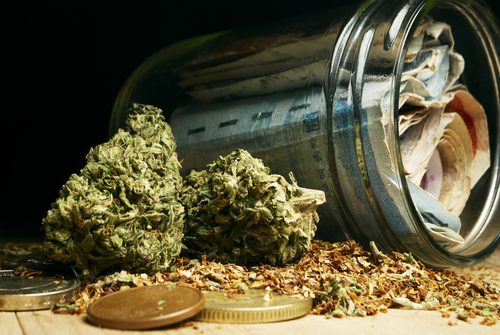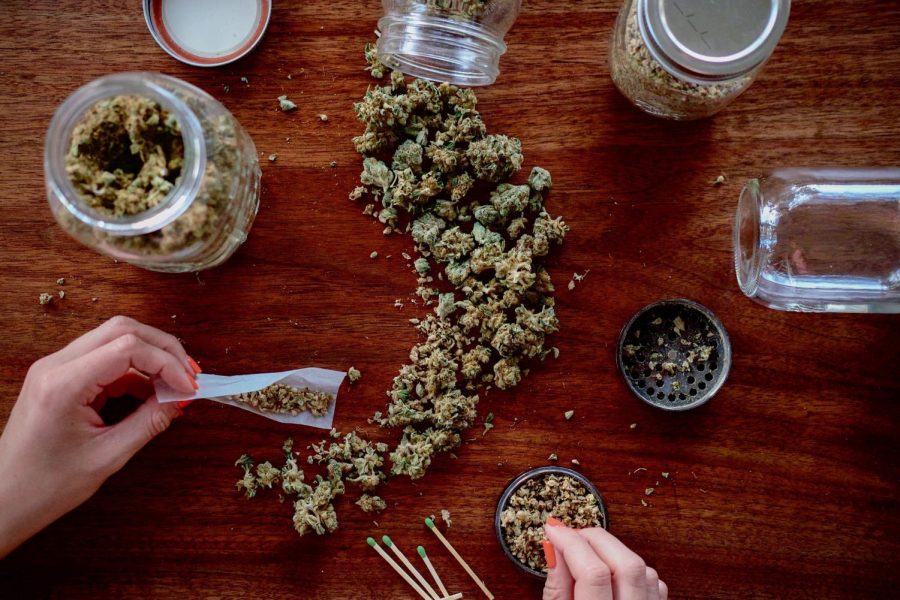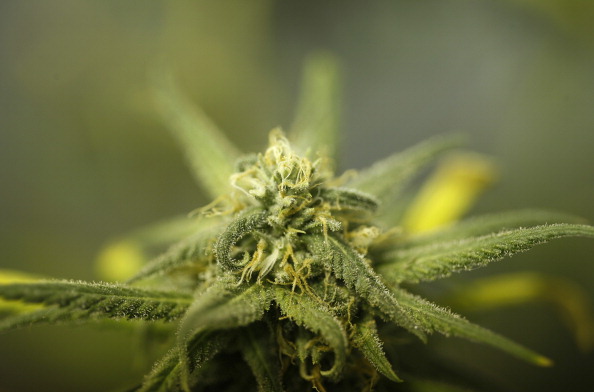The legalization of marijuana is becoming a reality in many states, and with that exists rare opportunities for state and local governments to experiment with new structural approaches to taxation.
One such natural experiment occurred in Washington State in June of 2015, when lawmakers during a special session of the Washington Legislature changed a 25 percent gross receipts tax that applied to the marijuana industry to a 37 percent excise tax assessed on the retail price of marijuana sold.
A recent National Bureau of Economic Research study by Benjamin Hansen, Keaton Miller, and Caroline Weber analyzed the shift in policy and found that the gross receipts tax caused significant distortionary effects on the industry and directly encouraged inefficient vertical integration among firms.
The new empirical evidence highlights the distortionary effects of gross receipts taxes and bodes bad news for Washington State’s existing, unrelated gross receipts tax, the Business & Occupation tax, and for other states currently imposing or considering gross receipts taxes.
Before the reform, Washington had essentially split the cannabis industry into three sectors: cultivators, processors, and retailers. The state levied a 25 percent gross receipts tax on transactions among the three sectors of the marijuana industry and at retail.
This meant that a 25 percent tax was applied when cultivators sold their freshly harvested product to processors, when processors sold the finished goods to retailers, and when retailers sold the finished goods to customers.
Despite Washington banning vertical integration between retailers and other types of firms (only two of the three sectors), the old tax regime heavily encouraged vertical integration between cultivators and processors. This allowed firms that specialized at both cultivating and processing marijuana to avoid one layer of taxation entirely.
After the reform, Washington replaced its somewhat convoluted system with a simple 37 percent sales tax applied solely at the retail level. Being a much less distortionary policy, this allowed firms to organize in whichever way they thought was most efficient given their specializations. Given Washington’s “seed-to-sale” tracking system, Hansen et al. were able to empirically estimate the effects of switching from a gross receipts tax to a traditional retail excise tax with much more data than would have otherwise been available.
The authors noticed that ending the gross receipts tax led to a statistically significant decrease in vertical integration. They found that, after an adjustment period, the fraction of vertically integrated marijuana sales in Washington fell by 3.7 percent, which was driven by a 42 percent long-run increase in non-vertically produced marijuana sold.
In other words, with the layer of tax between cultivators and processors gone, some businesses found it more profitable to specialize in only one aspect of production. This shows that gross receipts taxes discourage otherwise efficient trades between firms, leading to a relatively large deadweight loss when compared to traditional retail sales taxes.
The authors also measured the price elasticity of the marijuana market, a wonkish term used to describe a market’s sensitivity to changes in price. They measured the amount of marijuana sold in the days surrounding the price increase and found that customers were mostly unresponsive to the increased cost in the short-run.
However, the authors noted a reduction in the quantity of marijuana sold in the medium-run when compared to its previous trend, which could indicate that marijuana still faces significant competition from black market sales. Raising taxes on the product any further might price individuals out of the legal market altogether.
Consequently, this also implies that when compared to Washington’s 37 percent sales tax, “considerable state revenue may be left on the table” by other states that have considerably lower excise tax rates ranging between 3.75 and 15 percent.
The study also warns against other potentially distortionary taxes in the marijuana industry, such as cultivation taxes. Cultivation taxes directly tax the weight of cultivated marijuana, which has unintended consequences such as discouraging the production of less potent, cheaper marijuana.
For example, a pound of relatively cheap marijuana would have the same tax burden as a pound of high-quality, expensive marijuana because cultivation taxes depend on the product’s weight and not its value. Currently three states, Alaska, California, and Colorado, have cultivation taxes, which may be encouraging suppliers to produce higher quality marijuana than customers would prefer.
Cultivation taxes effectively price out firms which may have been able to specialize in the production of less potent marijuana, which could potentially be a health concern to marijuana users.
States that consider marijuana legalization have the unique opportunity to observe natural experiments occurring all over the country in other states. It is crucial that lawmakers utilize proven and principled tax policy when tackling this new and booming industry.
credit:420intel.com













